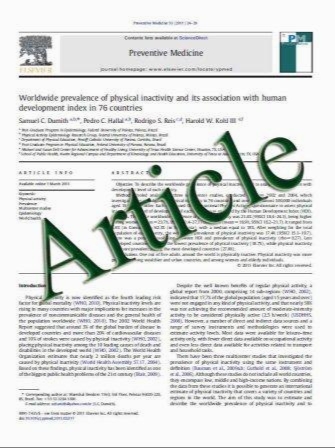Diagnostic role of initial renal cortical scintigraphy in children with the first episode of acute pyelonephritis
- نوع فایل : کتاب
- زبان : انگلیسی
- مؤلف : Emilija Jaksic Radovan Bogdanovic Vera Artiko Dragana Sobic Saranovic Zorica Petrasinovic Milorad Petrovic Ljiljana Bojic Smiljana Pavlo
- چاپ و سال / کشور: 2010
Description
Objective Assessment of the first febrile urinary tract infection (UTI) in children has been the subject of debate for many years. Diagnosis of acute pyelonephritis (APN) is usually based on clinical and biological data. The clinical usefulness of early Tc-99m DMSA scintigraphy remains controversial, although it may influence the type and duration of treatment. The aim of this study was to assess the role of initial cortical scintigraphy in the detection of early renal parenchymal damage in children highly suspected of having APN and to compare the scintigraphic findings with selected clinical/laboratory parameters and ultrasonography. Methods A prospective study was conducted in 34 infants and young children (18 boys, 16 girls), aged 1.5–36 months (mean 9.8 ± 8.7 months), hospitalized with a first episode of clinically suspected APN. Within the first 5 days after admission, Tc-99m DMSA renal scintigraphy, ultrasonography (US), erythrocyte sedimentation rate (ESR), C-reactive protein (CRP), white blood cell count (WBC) and urine analyses were performed. Results DMSA scintigraphy showed changes consistent with APN in 27/34 (79%) patients, with a mean age of 10.9 months, including 12 males (44%) and 15 (56%) females. Out of 9 febrile children with negative urine culture and supportive evidence of UTI, scintigraphy showed parenchymal involvement in 8 children (24% in the whole group, 30% in scintigraphically documented APN). There were no statistically significant correlations between the frequency or size of the initial scintigraphic abnormalities and age, sex, body temperature, CRP levels or ESR. A CRP level of[54 mg/L and a WBC of[13,300/ mm3 had sensitivities of 56 and 59% and specificities of 86 and 71%, respectively. US showed changes consistent with APN in 7/34 (21%) in the whole group and in 7/27 (26%) patients with positive cortical scan (p\0.05). Conclusion Initial DMSA renal scintigraphy is a sensitive method for the early diagnosis of APN in young children and is useful in the assessment of the severity of kidney injury even in patients with negative urine culture. Clinical, biological and ultrasound parameters do not identify children with renal damage. Normal DMSA study, excluding parenchymal involvement and late sequelae, could minimize the use of scintigraphy in the follow-up and reduce the redundancy of cystography.
Ann Nucl Med (2011) 25:37–43 DOI 10.1007/s12149-010-0431-5 Received: 19 May 2010 / Accepted: 13 September 2010 / Published online: 16 November 2010


